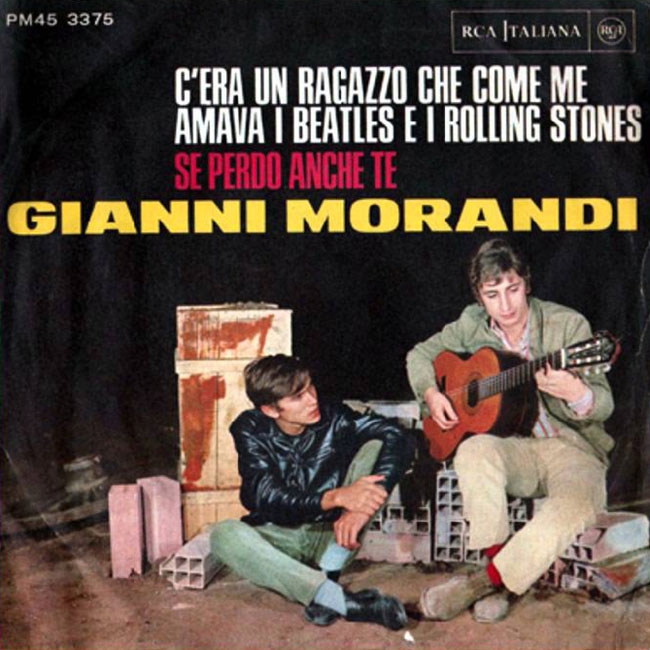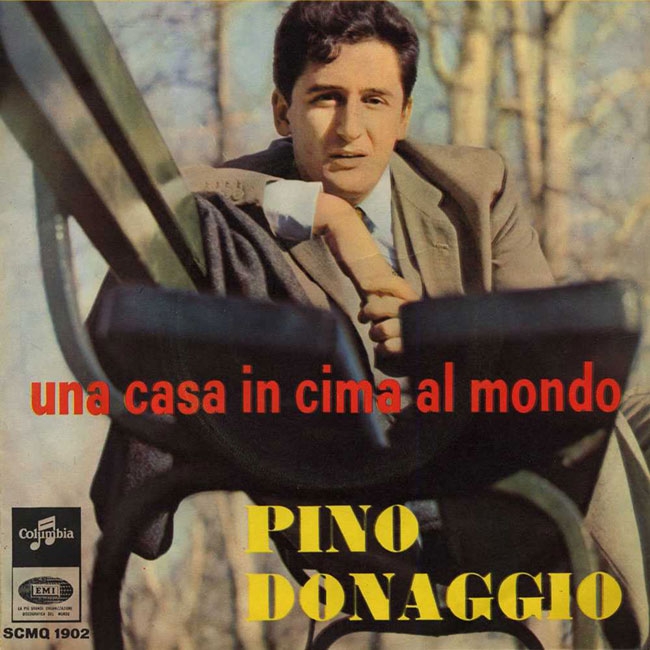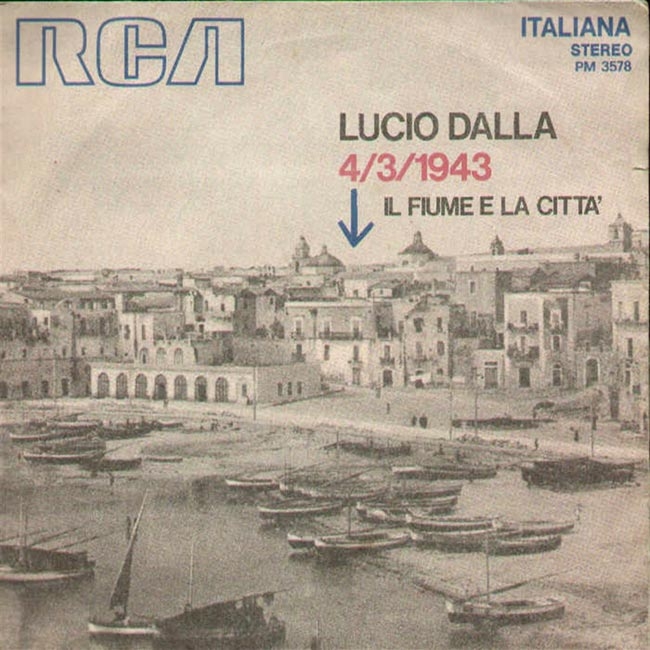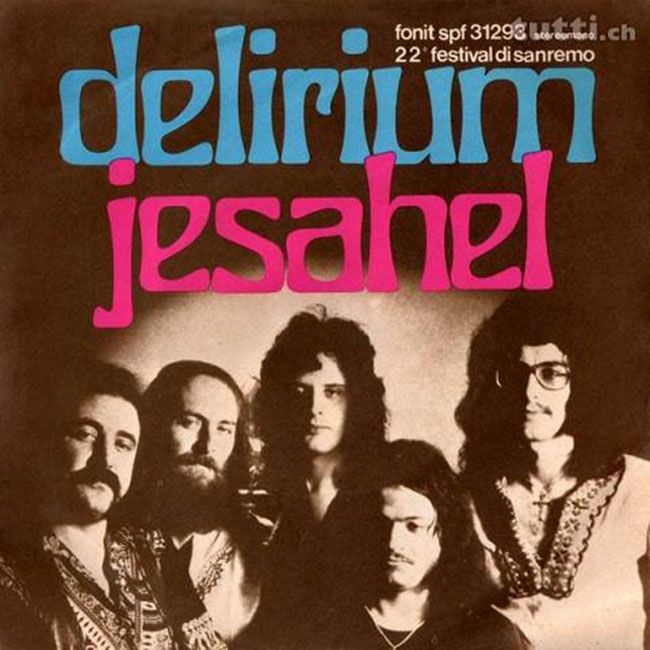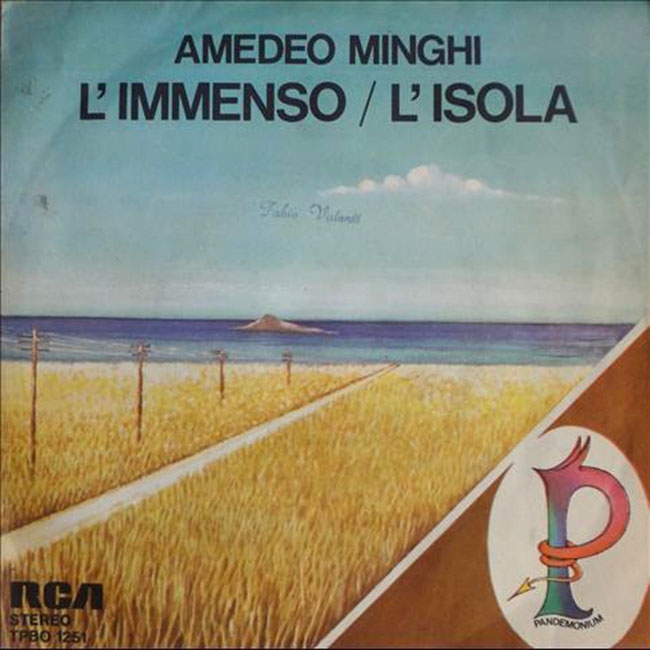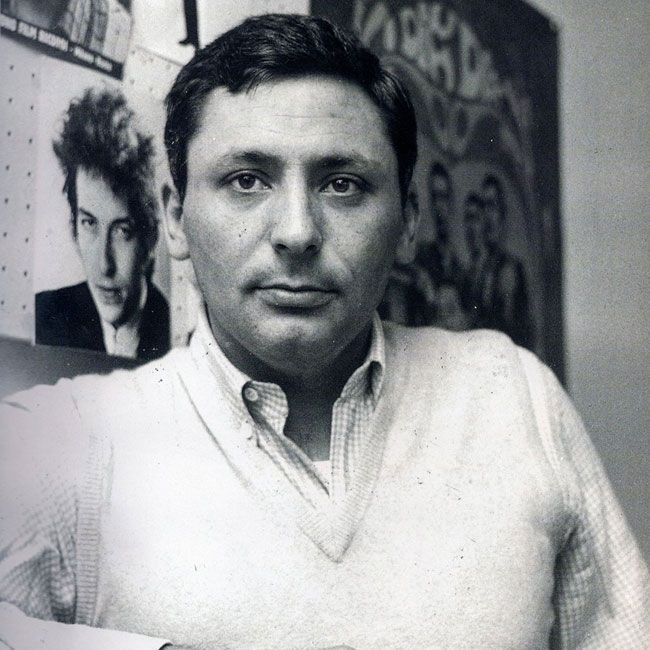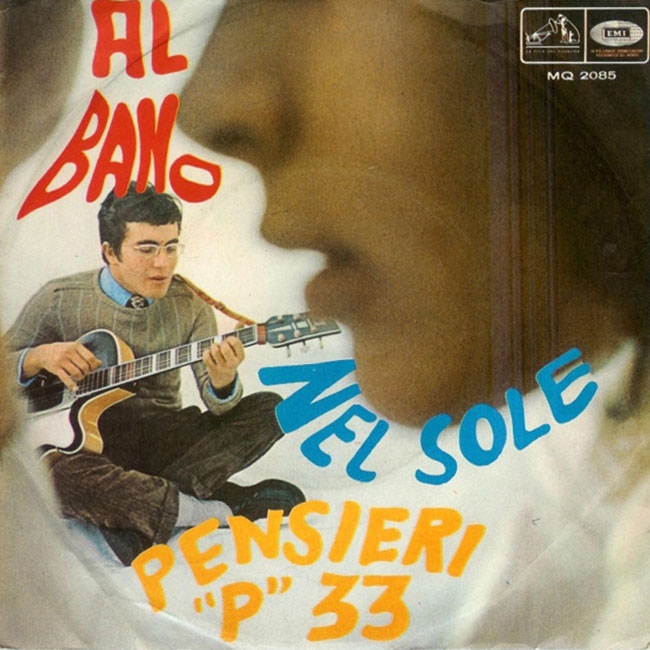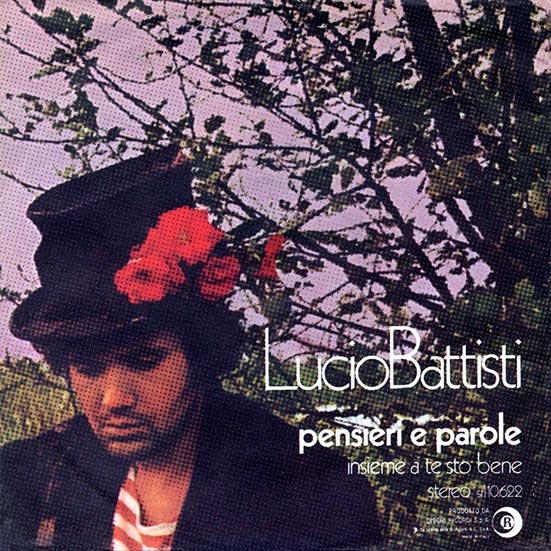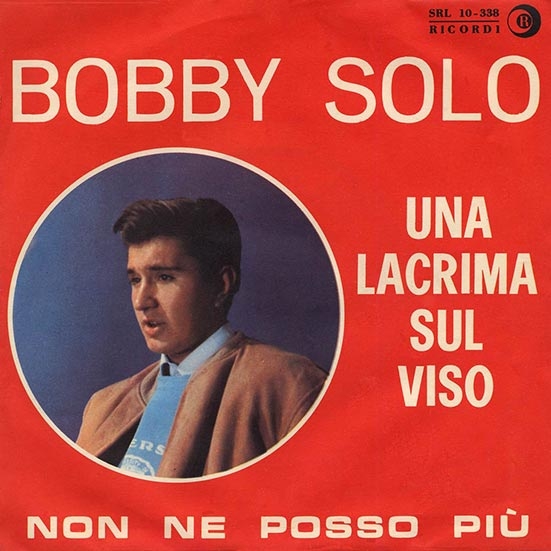Riso in Italy, dal cabaret alla TV playlist
Laughter in Italy, from cabaret to TV
After the glorious epic of cafè-chantant and variety, which marked the first decades of the twentieth century, from the 1950s onwards, the humorous song moved to the theatre - with the review - and to the small clubs, where there was a moony shabby atmosphere similar to the Parisian caves. Between existentialism, black humour and social criticism, the great season of cabaret took off. Its nerve centre was in Milan and the repertoire was based on figures like Dario Fo, Paolo Poli, i Gufi, Enzo Jannacci in symbiosis with the prolific environment of new song writing, dialectal and the "mala", which involved Ornella Vanoni, Milly, Giorgio Strehler and others. The Milanese imprint remain central throughout the seventies, when cabaret moved to television, flanked by isolated experiences (Pippo Franco, Franco Nebbia, Roberto Benigni) promoted by RAI entertainment programming. The collection proposes an excursus of Italian-style laughter from 1959, the year in which an unknown Alberto Arbasino wrote songs for Laura Betti, to 2015, when Checco Zalone took up an old hit of Celentano’s in the hit parody film (Quo vado), the all-time highest-grossing Italian movie. In between, there is also room for the paleo-screwball Celentano himself (Ringo) and the neo-screwball Elio (Cara ti amo).

